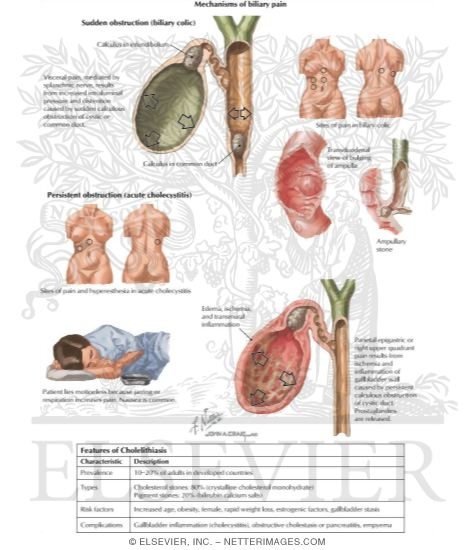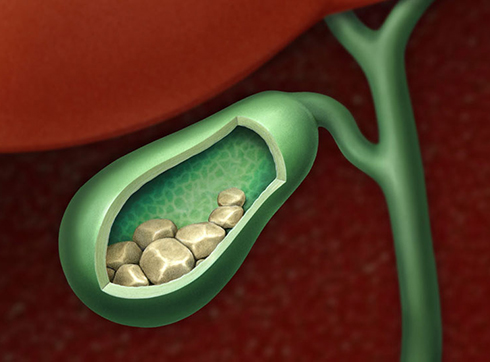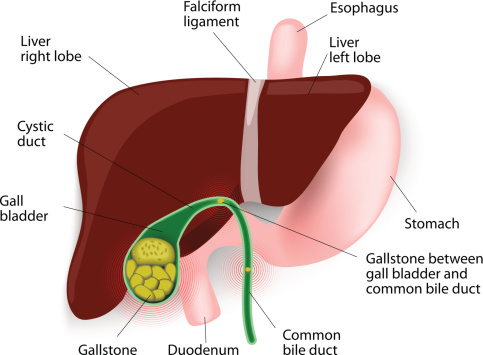Cholelithiasis - Gallstone

Recent Posts
- Deko bilik air
- Heaven lyrics
- Poster larian ria
- Queen ant
- Pokok bunga chicha
- Plus twitter
- Angelababy
- Fb downloader
- Struktur masyarakat feudal di england
- Principal greater china equity fund
- Ilayaraja rip
- Cara guna oximeter malaysia
- Logo jabatan laut malaysia
- Jingga anggun
- Maksud fiqh aulawiyat
- Create email account
- Government university in malaysia
- Panda voucher february 2022
- Lee hom divorce
- Ziyad disqualified
Cholecystitis
When the wave reaches the stone, tear and shear forces develop, disintegrating it.
Absolute contraindications to this procedure include the inability to withstand general anesthesia, an intractable bleeding disorder, and end-stage liver disease.
Gallstones can obstruct the cystic duct, causing cholecystitsi, or the common bile duct, which is called choledocholithiasis.
Cholelithiasis (Gall stones) : Causes, Pathophysiology, Symptoms and Treatment
If pain persists with the onset of fever or high white blood cell count, it should raise suspicion for complications such as acute cholecystitis, gallstone pancreatitis, and ascending cholangitis.
In a normal person, cholesterol is brought to the liver from or from other tissues in the form of low-density lipoproteins.
If you experience symptomatic , there are a number of different treatment options available.
- Related articles
2022 mail.xpres.com.uy































